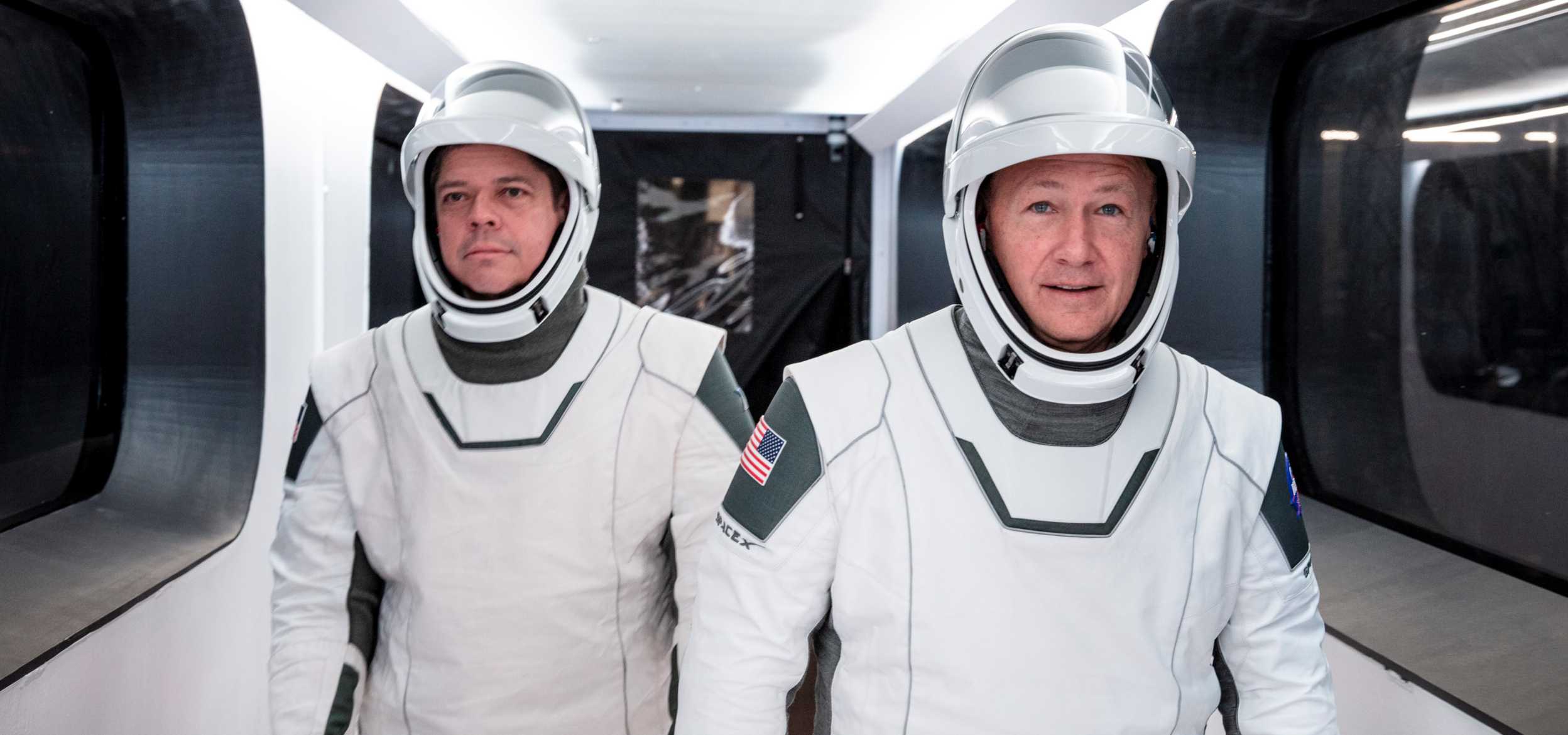
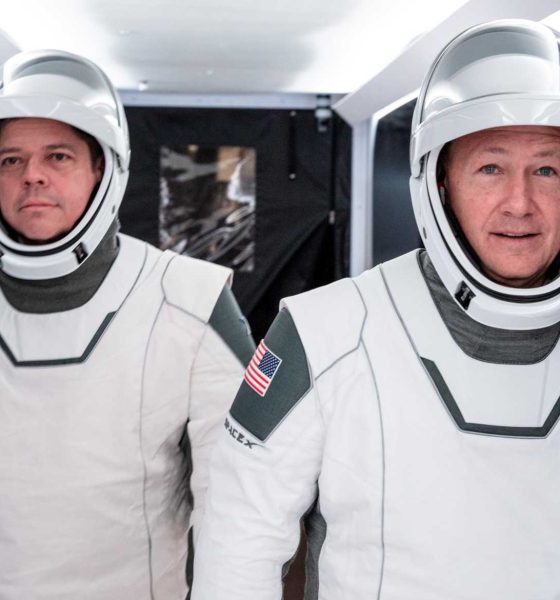
News
SpaceX’s Crew Dragon astronaut mission officially extended by NASA
With less than a month to go before NASA’s first crewed launch in nearly a decade, the space agency is still mulling over the details. On May 27, Bob Behnken and Doug Hurley will strap into their Crew Dragon spacecraft and blast off towards the International Space Station. During their stay, the duo will assist fellow NASA astronaut, Chris Cassidy, in maintaining the station as well as conducting several research experiments.
But how long the duo will remain on the station is still up in the air. NASA held a series of briefings on Friday, May 1, detailing the historic mission and how it would work. Hurley and Behnken will launch from Pad 39A at Kennedy Space Center at 4:32 p.m. EDT (20:32 UTC), and dock with the space station 24 hours later.
The exact length of that mission will be determined during their time in space. “It is a trade-off,” Kirk Shireman, NASA ISS program manager said during the news briefing, “between getting the spacecraft back quickly to complete its certification and providing additional crew time on the station for maintenance and research.”
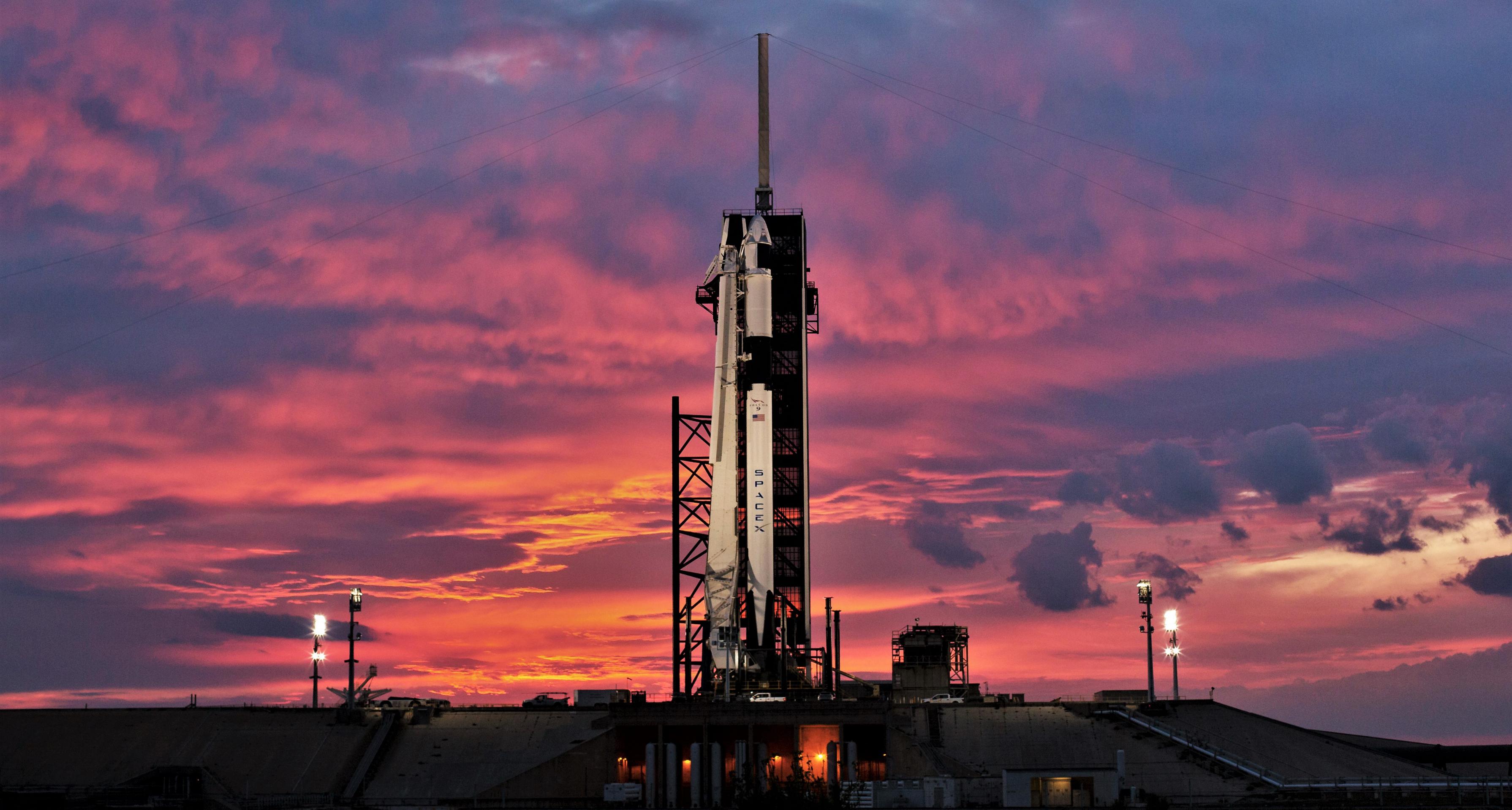
The Demo-2 mission is a test flight. NASA and SpaceX will be using the mission to certify the Crew Dragon spacecraft for regular use to and from the station. So during this flight, the crew will try their hands at manual control and will test and monitor on boars systems during the significant phases of flight: launch, on orbit, and during re-entry.
Once the vehicle has completed its objectives successfully, it will be certified for a crewed flight. Currently, SpaceX is nearing completion on the next Dragon spacecraft, which will ferry four astronauts to the station for a long-duration mission. During the news briefings, SpaceX COO Gwynne Shotwell announced that the spacecraft for that mission is nearing completion and should arrive in Florida in the next couple of months.
Shireman said that the length of the Demo-2 mission was directly tied to that vehicle’s progress. “What we would like to do, from a station perspective, is to keep them on orbit as long as we can until that Crew-1 vehicle is just about ready to go, bring Demo-2 home, allow that certification work to be completed and launch Crew-1,” he said.
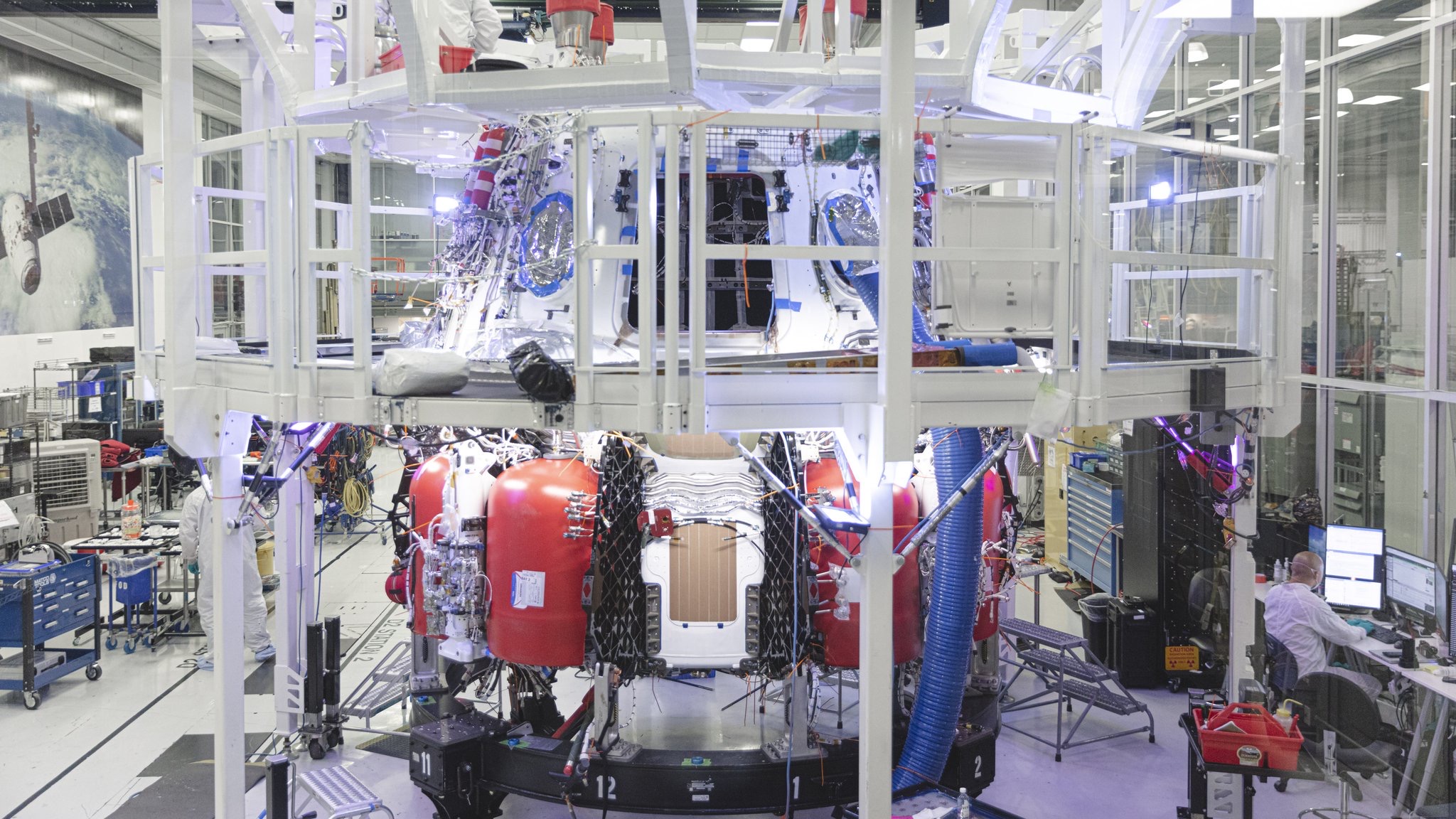
Steve Stich, NASA’s deputy manager of the commercial crew program, said that at minimum, the DM-2 crew would stay on orbit about a month. Their maximum stay would be no more than 119 days, due to the potential degradation of the Dragon spacecraft’s solar panels.
Solar panels are how spacecraft get their power while on orbit, and the sensitive components within the hardware degrade over time thanks to the harshness of the space environment. While it’s on orbit, ground control teams will “wake up” the spacecraft once a week to perform health checks and test the solar array’s performance.
“We would like to fly a mission that is as long as we need to for a test flight, but also support some of the space station program needs,” Stitch said.
Originally, Behnken and Hurley were expected to have a much shorter time on orbit. However, NASA officials said they started to explore the possibility of extending their mission six months ago to ensure there were enough astronauts onboard the space station to keep the orbital outpost in top shape. This year the agency is celebrating 20 years of continuous human presence on the space station, and NASA would like to ensure its continuation into the future.
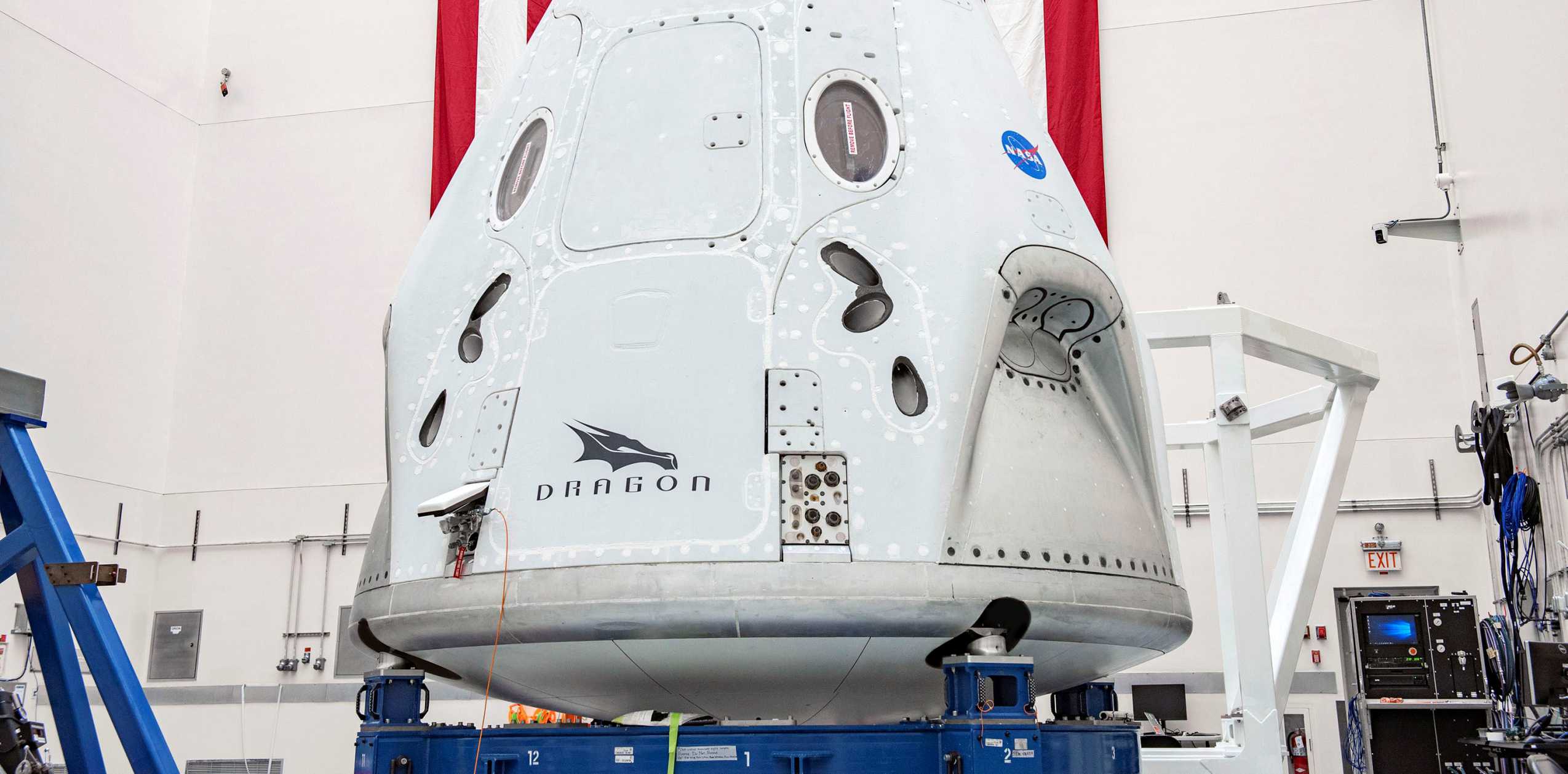
To that end, Behnken and Hurley have spent significant time training to refresh themselves on station systems as well as prepare the potential spacewalks. A new shipment of batteries is scheduled to arrive on station a few days before Behnken and Hurley, and it’s possible that Behnken could be asked to conduct a spacewalk, along with Chris Cassidy.
The top priority for Behnken and Hurley will be to thoroughly check out the Crew Dragon’s systems, followed closely by relieving Chris Cassidy. “There’s a lot of work and activity that can be done in the U.S. segment; certainly more than one person can accomplish on their own,” Behnken explained during a later briefing.

News
Tesla adds 15th automaker to Supercharger access in 2025
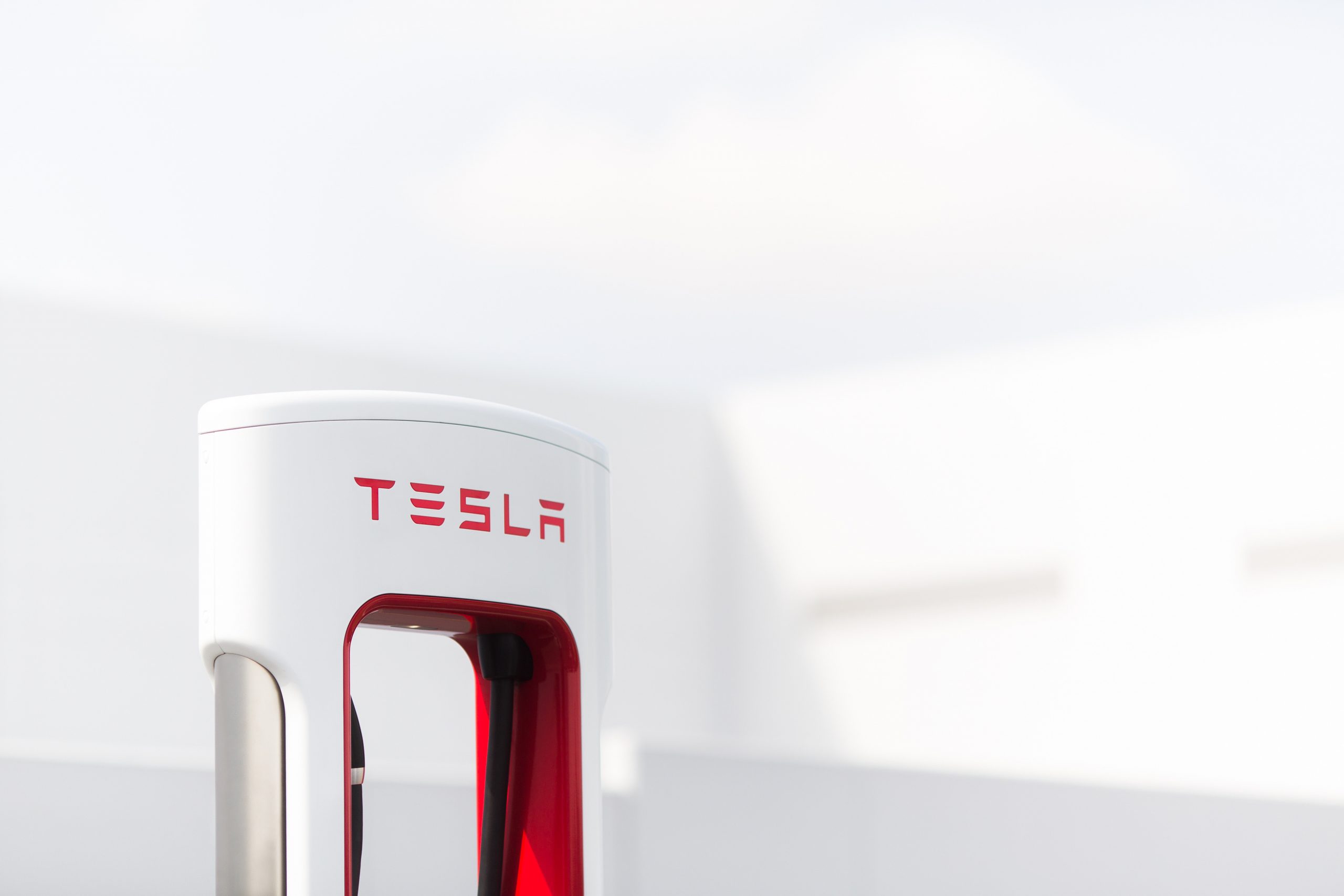
Tesla has added the 15th automaker to the growing list of companies whose EVs can utilize the Supercharger Network this year, as BMW is the latest company to gain access to the largest charging infrastructure in the world.
BMW became the 15th company in 2025 to gain Tesla Supercharger access, after the company confirmed to its EV owners that they could use any of the more than 25,000 Supercharging stalls in North America.
Welcome @BMW owners.
Download the Tesla app to charge → https://t.co/vnu0NHA7Ab
— Tesla Charging (@TeslaCharging) December 10, 2025
Newer BMW all-electric cars, like the i4, i5, i7, and iX, are able to utilize Tesla’s V3 and V4 Superchargers. These are the exact model years, via the BMW Blog:
- i4: 2022-2026 model years
- i5: 2024-2025 model years
- 2026 i5 (eDrive40 and xDrive40) after software update in Spring 2026
- i7: 2023-2026 model years
- iX: 2022-2025 model years
- 2026 iX (all versions) after software update in Spring 2026
With the expansion of the companies that gained access in 2025 to the Tesla Supercharger Network, a vast majority of non-Tesla EVs are able to use the charging stalls to gain range in their cars.
So far in 2025, Tesla has enabled Supercharger access to:
- Audi
- BMW
- Genesis
- Honda
- Hyundai
- Jaguar Land Rover
- Kia
- Lucid
- Mercedes-Benz
- Nissan
- Polestar
- Subaru
- Toyota
- Volkswagen
- Volvo
Drivers with BMW EVs who wish to charge at Tesla Superchargers must use an NACS-to-CCS1 adapter. In Q2 2026, BMW plans to release its official adapter, but there are third-party options available in the meantime.
They will also have to use the Tesla App to enable Supercharging access to determine rates and availability. It is a relatively seamless process.
News
Tesla adds new feature that will be great for crowded parking situations
This is the most recent iteration of the app and was priming owners for the slowly-released Holiday Update.

Tesla has added a new feature that will be great for crowded parking lots, congested parking garages, or other confusing times when you cannot seem to pinpoint where your car went.
Tesla has added a new Vehicle Locator feature to the Tesla App with App Update v4.51.5.
This is the most recent iteration of the app and was priming owners for the slowly-released Holiday Update.
While there are several new features, which we will reveal later in this article, perhaps one of the coolest is that of the Vehicle Locator, which will now point you in the direction of your car using a directional arrow on the home screen. This is similar to what Apple uses to find devices:
Interesting. The location arrow in the Tesla app now points to your car when you’re nearby. pic.twitter.com/b0yjmwwzxN
— Whole Mars Catalog (@wholemars) December 7, 2025
In real time, the arrow gives an accurate depiction of which direction you should walk in to find your car. This seems extremely helpful in large parking lots or unfamiliar shopping centers.
Getting to your car after a sporting event is an event all in itself; this feature will undoubtedly help with it:
The nice little touch that Tesla have put in the app – continuous tracking of your vehicle location relative to you.
There’s people reporting dizziness testing this.
To those I say… try spinning your phone instead. 😉 pic.twitter.com/BAYmJ3mzzD
— Some UK Tesla Guy (UnSupervised…) (@SomeUKTeslaGuy) December 8, 2025
Tesla’s previous app versions revealed the address at which you could locate your car, which was great if you parked on the street in a city setting. It was also possible to use the map within the app to locate your car.
However, this new feature gives a more definitive location for your car and helps with the navigation to it, instead of potentially walking randomly.
It also reveals the distance you are from your car, which is a big plus.
Along with this new addition, Tesla added Photobooth features, Dog Mode Live Activity, Custom Wraps and Tints for Colorizer, and Dashcam Clip details.
🚨 Tesla App v4.51.5 looks to be preparing for the Holiday Update pic.twitter.com/ztts8poV82
— TESLARATI (@Teslarati) December 8, 2025
All in all, this App update was pretty robust.
Elon Musk
Tesla CEO Elon Musk shades Waymo: ‘Never really had a chance’

Tesla CEO Elon Musk shaded Waymo in a post on X on Wednesday, stating the company “never really had a chance” and that it “will be obvious in hindsight.”
Tesla and Waymo are the two primary contributors to the self-driving efforts in the United States, with both operating driverless ride-hailing services in the country. Tesla does have a Safety Monitor present in its vehicles in Austin, Texas, and someone in the driver’s seat in its Bay Area operation.
Musk says the Austin operation will be completely void of any Safety Monitors by the end of the year.
🚨 Tesla vs. Waymo Geofence in Austin https://t.co/A6ffPtp5xv pic.twitter.com/mrnL0YNSn4
— TESLARATI (@Teslarati) December 10, 2025
With the two companies being the main members of the driverless movement in the U.S., there is certainly a rivalry. The two have sparred back and forth with their geofences, or service areas, in both Austin and the Bay Area.
While that is a metric for comparison now, ultimately, it will not matter in the coming years, as the two companies will likely operate in a similar fashion.
Waymo has geared its business toward larger cities, and Tesla has said that its self-driving efforts will expand to every single one of its vehicles in any location globally. This is where the true difference between the two lies, along with the fact that Tesla uses its own vehicles, while Waymo has several models in its lineup from different manufacturers.
The two also have different ideas on how to solve self-driving, as Tesla uses a vision-only approach. Waymo relies on several things, including LiDAR, which Musk once called “a fool’s errand.”
This is where Tesla sets itself apart from the competition, and Musk highlighted the company’s position against Waymo.
Jeff Dean, the Chief Scientist for Google DeepMind, said on X:
“I don’t think Tesla has anywhere near the volume of rider-only autonomous miles that Waymo has (96M for Waymo, as of today). The safety data is quite compelling for Waymo, as well.”
Musk replied:
“Waymo never really had a chance against Tesla. This will be obvious in hindsight.”
Waymo never really had a chance against Tesla. This will be obvious in hindsight.
— Elon Musk (@elonmusk) December 10, 2025
Tesla stands to have a much larger fleet of vehicles in the coming years if it chooses to activate Robotaxi services with all passenger vehicles. A simple Over-the-Air update will activate this capability, while Waymo would likely be confined to the vehicles it commissions as Robotaxis.








